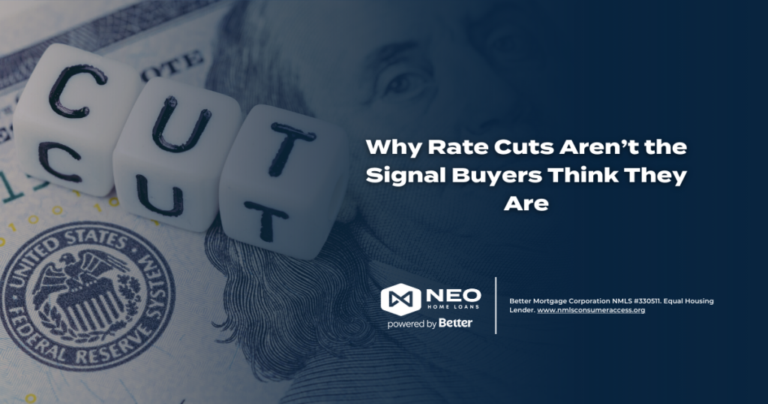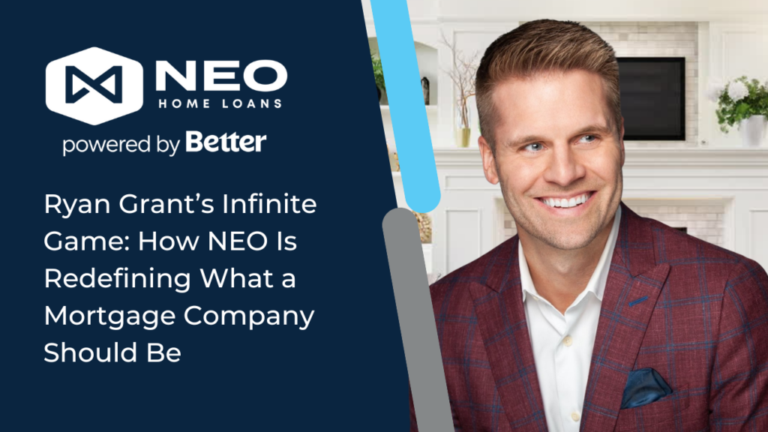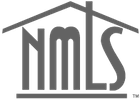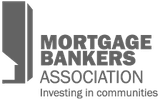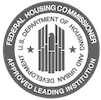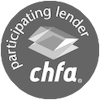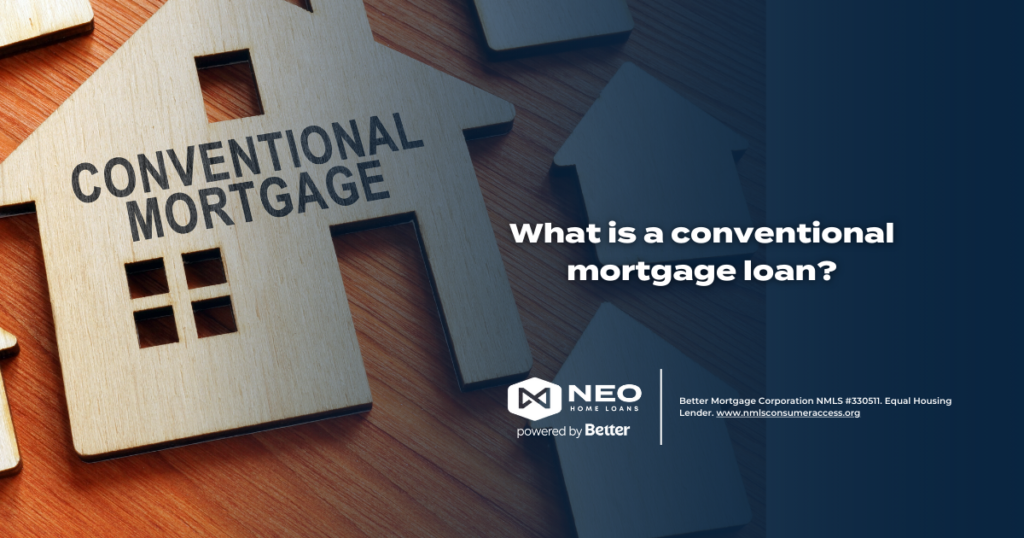
Many new homebuyers wonder what a conventional mortgage loan is. Put simply, a conventional mortgage is a type of home loan that isn’t backed by a government program such as FHA, VA, or USDA. These loans fall into two main categories: conforming, if they adhere to the guidelines and loan limits set by Fannie Mae or Freddie Mac, and non-conforming, if they exceed those limits or don’t meet the criteria.
Another way to describe what a conventional mortgage loan is, would be that a conventional mortgage is just a regular home loan from a bank or lender that isn’t protected or helped by the government. Some of these loans follow special rules made by two big companies called Fannie Mae and Freddie Mac, those are called conforming loans. If a loan doesn’t follow those rules, it’s called non-conforming. Think of it like this: if you borrow money to buy a house and the government isn’t involved, that’s a conventional mortgage. In the United States, the majority of Americans secure a conventional mortgage loan for homeownership.
Key takeaways about what a conventional mortgage loan is:
- Not government-backed. Conventional mortgage loans are funded by private lenders and are not insured by FHA, VA, or USDA.
- Two main types. Conforming loans meet Fannie Mae or Freddie Mac standards and size limits. Non-conforming loans include jumbos and other exceptions.
- 2025 conforming limit. The baseline one-unit limit is $806,500 dollars in most areas, higher in designated high-cost areas.
- PMI rules. If you put less than 20 percent down, private mortgage insurance (PMI) is typically required. You can request PMI cancellation at 80 percent LTV and it must end automatically at 78 percent under the Homeowners Protection Act.
Conventional vs. government-backed mortgage loans
A conventional mortgage loan is any mortgage that does not carry federal insurance or a federal guarantee. By contrast, FHA loans are insured by the Federal Housing Administration, VA loans are backed by the Department of Veterans Affairs, and USDA loans target eligible rural areas. Conventional loans are the most common type and can be less expensive for well-qualified borrowers, but they usually have tighter credit and income standards than FHA.
Conforming vs. non-conforming mortgage loans
- Conforming. Meets Fannie Mae or Freddie Mac eligibility and loan-size caps. In 2025 the baseline one-unit cap is 806,500 dollars. High-cost areas have higher caps, and Alaska, Hawaii, Guam, and the U.S. Virgin Islands follow a higher baseline.
- Non-conforming. Does not meet those standards. The most common non-conforming type is a jumbo loan that exceeds conforming size limits
Typical eligibility factors with conventional mortgage loans
Exact requirements vary by lender and by AUS findings, but most conventional loans consider:
- Credit profile. Conventional programs generally expect solid credit. Certain affordable programs such as Fannie Mae HomeReady allow as little as 3 percent down with income limits and other criteria. Freddie Mac’s Home Possible also permits 3 percent down for eligible borrowers.
- Debt-to-income (DTI). Fannie Mae’s published Eligibility Matrix outlines LTV, credit score, and manual-underwrite DTI references, while AUS findings may permit higher DTIs for strong files.
- Down payment and assets. Standard conventional financing is often 5 percent down or more, though 3 percent options exist for eligible scenarios. Gifts and other sources can be allowed subject to program rules.
Interest rate structures for conventional mortgage loans
- Fixed-rate mortgage (FRM). Rate stays the same for the full term.
- Adjustable-rate mortgage (ARM). Rate is fixed for an initial period, then adjusts at set intervals.
Both structures are available in conventional lending and the best choice depends on your time horizon and risk tolerance.
Private Mortgage Insurance (PMI) on conventional loans
If you put less than 20 percent down, PMI typically applies. Key rules:
- You may request cancellation when your scheduled principal balance reaches 80 percent of the home’s original value, if you meet conditions like a good payment history.
- Servicers must automatically terminate PMI at 78 percent LTV under the Homeowners Protection Act (HPA), provided payments are current.
PMI is a monthly cost that protects the lender, not the borrower, but it lets you buy sooner with a smaller down payment and later remove the cost as you build equity.
Pros and cons of conventional mortgages
Advantages
- Potentially lower total cost than FHA once you qualify, since PMI can be canceled.
- Broad choice of loan terms and property types.
- No upfront mortgage insurance premium requirement like FHA.
Considerations
- Tighter credit and income standards than many government-backed options.
- PMI applies with less than 20 percent down until you reach the HPA thresholds.
2025 loan limits at a glance
- Baseline one-unit conforming limit: 806,500 dollars
- High-cost area cap example: Up to 1,209,750 dollars for one-unit homes in designated high-cost areas, and as a baseline for Alaska, Hawaii, Guam, and the U.S. Virgin Islands
Always check the specific county limit for your property because limits vary by location and units.
Who is a conventional loan best for?
Conventional financing tends to fit borrowers who have:
- Stable income and a manageable DTI
- Good credit
- Savings for the down payment and reserves
Borrowers with thinner credit or higher DTIs sometimes compare FHA to see which produces the better all-in cost over the expected holding period.
How to qualify in five steps
- Check your credit and debts. Review reports, correct errors, and estimate DTI. Fannie Mae’s matrix and AUS findings guide many lender decisions.
- Estimate your price range. Use 2025 conforming loan limits to see whether you are likely in conforming or jumbo territory.
- Plan your down payment. Decide whether you will target 20 percent to avoid PMI or explore 3 to 5 percent down programs like HomeReady or Home Possible if you are eligible.
- Get pre-approved. A full credit-pull pre-approval clarifies your budget and strengthens offers.
- Compare total cost. Price out rate, points, PMI, taxes, insurance, and anticipated PMI removal timing using HPA rules.
FAQs for quick, direct answers
Is a conventional loan the same as a conforming loan?
Not exactly. All conforming loans are conventional, but not all conventional loans conform to Fannie Mae or Freddie Mac rules. Jumbos are conventional but non-conforming.
What credit score do I need?
There is no single cutoff across all scenarios, but common affordable conventional programs cite minimums in the low-600s with program-specific rules and AUS findings. Lenders may require higher scores for certain LTVs or properties.
How much can I borrow with a conforming conventional loan in 2025?
In most counties the one-unit limit is 806,500 dollars. High-cost counties allow higher amounts. Verify your county’s exact limit.
Do I need 20 percent down?
No. Many buyers use less than 20 percent down and pay PMI until they reach the HPA thresholds. Some programs allow 3 percent down for eligible borrowers.
When can PMI end on a conventional loan?
You can request cancellation at 80 percent LTV, and automatic termination generally occurs at 78 percent LTV if you are current.
How NEO Home Loans powered by Better helps you compare options
If you are deciding between conventional, FHA, VA, or jumbo, a licensed loan advisor can run side-by-side scenarios that factor in rate, points, PMI, potential PMI removal timing, cash to close, and your time horizon. That kind of total-cost view helps you pick the structure that fits your goals while staying aligned with 2025 loan-limit rules and current program eligibility.


